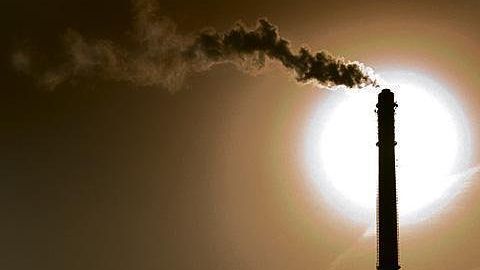Costa Rica News – You may have already read our thoughts on the new Costa Rica’s Carbon Credit Market, but it is also being addressed by other news sources that are skeptical of this program having any sort of legitimate legs.
 Costa Rica’s President Laura Chinchilla signed a decree earlier this week ushering in a carbon market for the Central American nation. The market will be overseen by the country’s Department of Climate Change, and according to the government it will be the first carbon market in the developing world.
Costa Rica’s President Laura Chinchilla signed a decree earlier this week ushering in a carbon market for the Central American nation. The market will be overseen by the country’s Department of Climate Change, and according to the government it will be the first carbon market in the developing world.
Called the Costa Rican Voluntary Domestic Carbon Market (MDVCCR), it was developed by the Costa Rican government with the aid of the consultancy ÉcoRessources and is part of larger national effort to make the country carbon neutral by 2021. It’s purely domestic for the moment, and not open to traders outside Costa Rica. It will generate Costa Rican Compensation Units (UCC) from projects or activities originating in Costa Rica. The UCCs are estimated to cost between $3 and $5 per metric ton of carbon dioxide.
There are a few questions worth asking here. Cap-and-trade systems work by establishing the total amount of carbon that can be emitted under the system, then breaking that amount up into tradable permits, and finally by legally enforcing that limit so that emitters can only release carbon in proportion to the amount of permits they possess. Firms in the system can then buy, sell, and trade the permits amongst themselves as they see fit.
Detailed descriptions of the MDVCCR have been hard to come by, but it’s not obvious it actually has a limit — or if it does what the limit is. And if participation in the market is voluntary, it’s not clear how that limit would be enforced. So describing the MDVCCR as a “cap-and-trade scheme” may be a misnomer.
From the above, it sounds more like the MDVCCR is a clearing house for companies that want to earn carbon credits — the UCCs — through various carbon-reduction, conservation, and efficiency efforts, and then sell those credits for profit. This is tricky. The theory behind carbon credits or offsets is that they incentivize climate-friendly and environmentally-friendly practices, but they’re horribly vulnerable to gaming: a firm’s project may not reduce carbon emissions as much as advertised, if at all, or the project may be something they would’ve gone forward even without the incentive of the carbon credit trading. The Department of Climate Change will have to be vigilant in who it credits with carbon reduction and how.
On top of all that, $3 to $5 per metric ton is an exceptionally low price.
If participation is voluntary, there’s no hard cap, and the creation of an unlimited number of credits is permitted, it’s not obvious how the MDVCCR will deliver real progress in combating climate change.
BY JEFF SPROSS, thinkprogess.org (edited by Dan Stevens)

